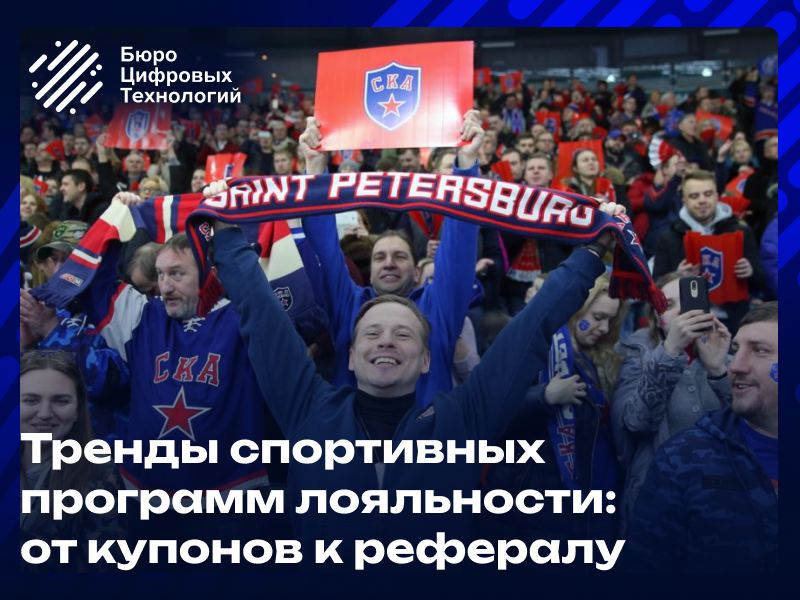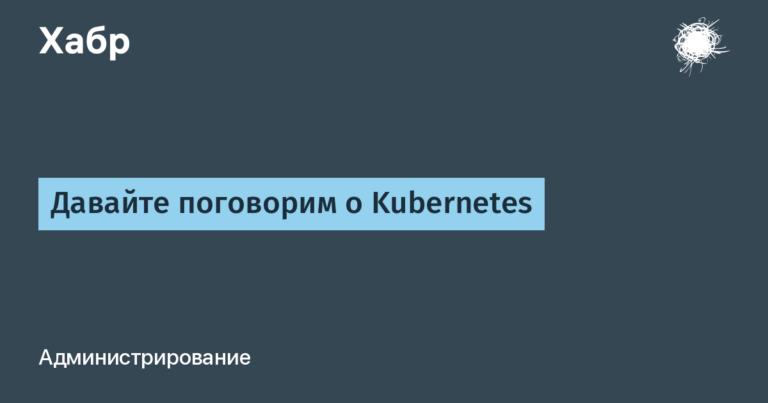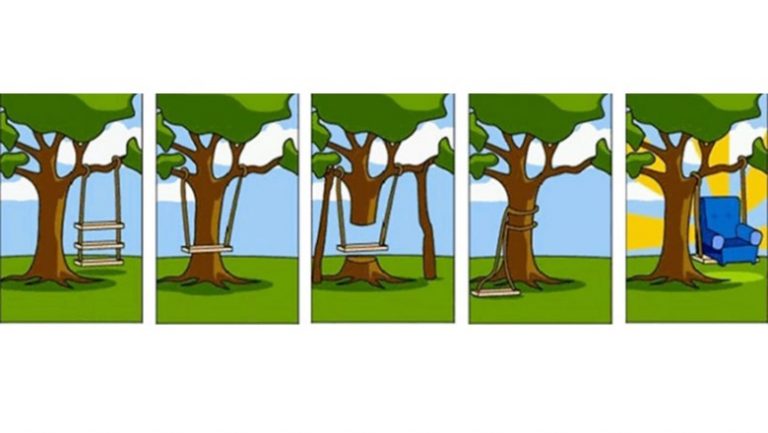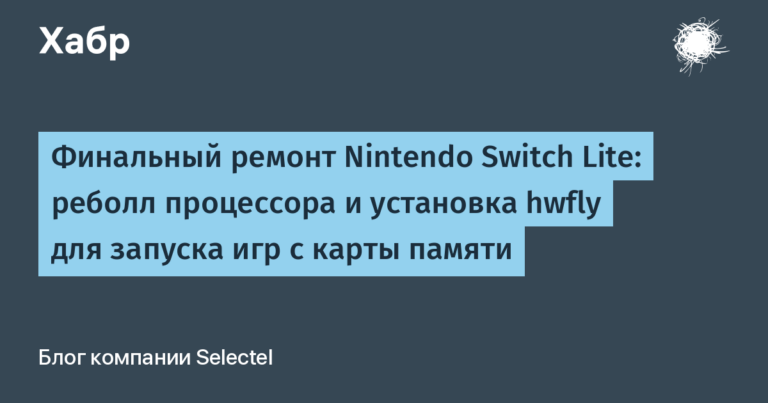from coupons to referral

Sports loyalty programs have inevitably evolved over the course of their existence. If initially clubs focused on a discount system – a “discount on the forehead”, now an individual approach to each participant is gaining great development. In this article I will talk about how the trends of sports programs have changed and what direction they need to move in the future.
Focus on retail
There is no fundamental difference between loyalty programs in the sports environment and other areas. Clubs first of all think about how to increase receipts and loyalty – one influences the other, and they draw inspiration primarily from retail. How were loyalty programs built there before?
In the late 2000s and early 1900s, the coupon system began to gain popularity in Russia: you are given a coupon for a certain amount with which you can make purchases. This is how all loyalty systems used to work, including in sports – many hockey clubs raffled off coupons for selling tickets for 1 ruble.
Then a discount system appeared: when you have accumulated something, you are given a discount on the product. But the problem is that all this is no longer about loyalty, but about saving money. For example, a customer received a coupon just to buy something cheaper.
Then retailers began to wonder what loyalty was. And another idea appeared: if the client already buys goods from them, why not give him bonuses? This is how the accumulation system appeared. It has many varieties: bonuses, rubles can be returned, and free goods can be given when purchasing something. Loyalty has developed – the person receives preferential treatment for continually purchasing from them, and the confidence to continue to do so is strengthened. This is the difference: the discount system is based on getting a discount “head-on”, while loyalty is something that is formed over the years.
Loyalty systems continued to evolve, and they began to include additional bonuses: free product replacement, delivery, monthly membership, increased cashback for the day – the list goes on. This is how the classic privileged statuses appeared: “Bronze”, “Silver”, “Gold”. In sports, these statuses can have their own names: for example, in the bonus program of HC Salavat Yulaev, you can go from “Newbie” to “Legend” simply by attending matches.

Features of sports programs
How does all this work in the sports field? Previously, there was a discount: for example, the first to register in the loyalty program receive a coupon for the purchase of a scarf with a 90% discount. This, as mentioned above, is not loyalty at all, but a “head-on” discount.
Another example is cashback for the purchase of tickets and paraphernalia (for example, scarves). And the third is the accrual of bonuses, as well as attention to certain features. A fan buying a scarf for a child? You can add another product as a gift, which is already in abundance in the store. This creates additional cohesion.
In retail, three stores located nearby compete for a buyer. He will go where he thinks the best value for money. This is not the case in sports; two KHL clubs from the same city are a very rare phenomenon. Therefore, sports club loyalty programs have evolved from one person to a group of people. For example, if you bought a ticket for a child, you got more points. If you go with your family, you get a big discount on tickets, seats in a special family section, and entertainment programs for children. If you go as a couple, you’ll get a free lunch, or comfortable seats, or some other activity at the stadium.

Clubs focus on this because they understand that it is important that loyalty attracts other people. For example, a very popular thing is “Share a promo code with a friend”: the client sends an invitation promo code to his friend, both get paid for it. And the club benefits when the client is happy – in this case, he will bring friends more often.
Thus, loyalty has evolved from a simple “head-on” discount to involving more people in the program, from discount to referral.
Revolutionary sports cases
I am very impressed by the loyalty system in the NHL – it is uniform for the entire league. Fantasy sports are very developed there – not only in hockey, but also in other sports. Making your own composition and seeing how it matches the compositions of others is a cool topic that attracts online attention. Imagine a conventional Spartak fan who knows by heart all the team’s lineups over the past 20 years, has not missed a single match, and from experience feels almost like a general manager, exactly sure who needs to be put on the roster today. If this fan has a real opportunity to choose the squad himself, even in a game format, he will be the first to run to do it!

But for now, Russian clubs still focus more on offline, forgetting that people watch broadcasts at home, and we need to enter this market. And it’s sad because that’s exactly what the fans miss! There is no connection between them and the hockey players, but this connection is the strongest.
In the NHL they make a hero out of Alexander Ovechkin, they take Nikita Kucherov, Artemy Panarin, Kirill Kaprizov, Andrei Vasilevsky into fantasy lineups. Where are our KHL heroes? After all, games like fantasy sports are very engaging, and many people are interested in this format.
Assemble the lineup, guess the best player, guess who will open the scoring – this is loyalty that draws you into the events that are happening. Everyone around is guessing the match scores and making their own predictions. This is generally the very first question: “How will they play? How do you think they will win?” This is a very simple element of rapprochement – when a person feels that he is right in something, he feels like an expert. This engages much better, and it’s strange that they don’t use it here.
The second case is small activities with players, various games, guessing games, quizzes, etc. It's not a bad story for maintaining loyalty. For example, quizzes on the history of the club, player statistics, and interesting facts about hockey players are very popular. Such things also help the fan feel his expertise.

The third is various mechanics: around your personal account, offline activities, some small events. This is already more standard and is generally used by all clubs.
For example, on February 14, HC SKA organized a drawing for a dinner for two for loyalty program participants. To participate, you had to buy something in the club's company stores.

There is much more diversity in this regard abroad. In the NHL, those who have purchased season tickets for several years are offered personalized box seats. The Anaheim Ducks give loyalty program members the opportunity to choose the best seats at home, receive discounts on tickets, food and drinks, and see their name on the stadium's wall of honor. And NHL newcomer Seattle Kraken offers premium access to all non-hockey events held at the arena, free use of public transportation during games (to and from the stadium), as well as access to exclusive gifts for loyalty club members.
Often at matches they like to propose to girls so that this is broadcast on Cuba – this is also done for loyalty points. The phenomenon of a free subscription to club TV is also very common in America.
Exclusives are also very popular – in this regard, everything is poorly developed in our country, news is broadcast on all platforms. But a loyal audience is those people who deserve exclusive content. Let it be small, but it will be released only for a certain platform – for example, telegram. For some reason, it’s in our subcortex that if we’ve made content, everyone should know about it. This is a very weak tactic.
The future of sports loyalty programs
To summarize, the first revolutionary thing for sports loyalty programs is the presence of gamification, which will confirm the correctness and expertise of the participants. The second is offline activity: personalized seats, sponsorship events, entertainment at the stadium. The third is quizzes and other small activities online.
In the future, all this will develop towards gamification, a subscription model will work, like on online platforms. In Yandex, you can pay 300 rubles a month for a subscription, and after that the services become available for content that you cannot get with free access: watching more films and TV series, personal music selections, cashback points. This creates a feeling of importance of each subscriber.
It will be the same in sports clubs, since all loyalty is aimed precisely at making every fan feel important for the club. That is why there is activity at the stadium, a festive atmosphere – all this is done, among other things, so that people in the evening, among other other entertainment, choose to spend time at the match.





